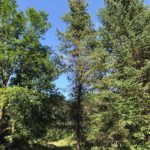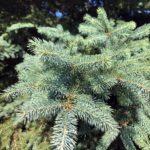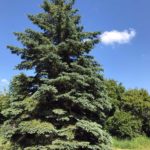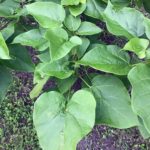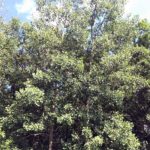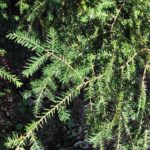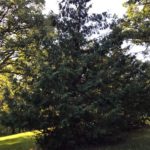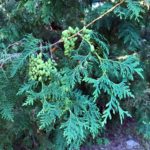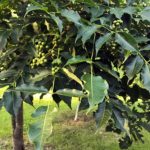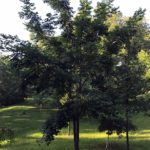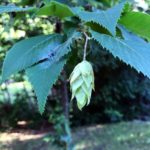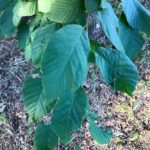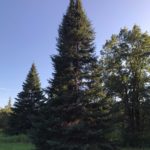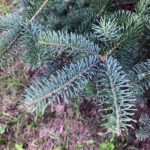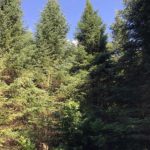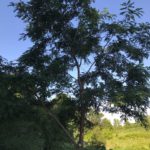Native To State: YES
Naturally Occurring: NO
Description
Small tree; straight trunk up to 12″ in diameter with somewhat drooping branches; mature tree usually reaches a height of 20′ to 30′, although under favorable conditions, it can attain a height of 70′ to 80′; often associated with tamarack, balsam fir, and white cedar. In cold swamps the growth is practically stagnant and trees 2″ in diameter have been found to be 127 years old.
Occurrence
Several specimens planted around the main marsh in the late 1980’s and early 1990’s.


